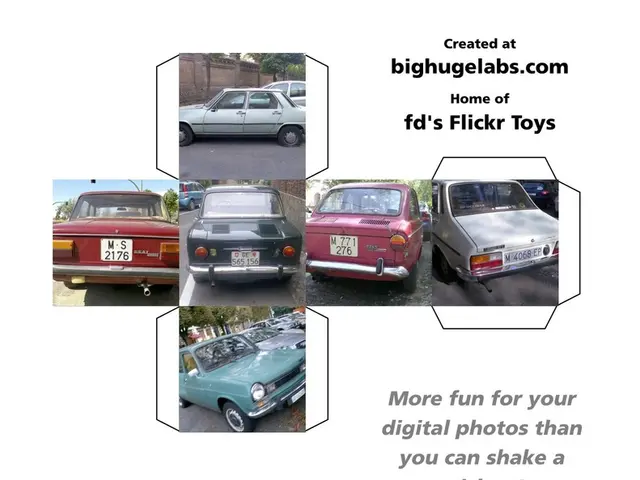Transforming Plastic into Power: Reimagining the Manufacturing Landscape of Tomorrow
**Revolutionizing Manufacturing: The Rise of High-End Plastic 3D Printers**
In the ever-evolving landscape of manufacturing, a new era is dawning. The future belongs to those who embrace the softness of polymers and understand that precision doesn't necessarily mean rigidity. High-end plastic 3D printers are redefining industrial production, offering a host of benefits over traditional methods.
One of the most significant advantages of these advanced printers is customization and personalization. Unlike traditional manufacturing methods that require expensive molds or tooling, high-end 3D printers enable the production of bespoke designs with ease. This makes them ideal for custom parts and products that require unique specifications, particularly beneficial for industries requiring tailored products such as medical devices or consumer goods.
Another advantage is rapid prototyping. With 3D printing, the iteration and testing of prototypes can be reduced from weeks to hours, accelerating product development cycles and saving time and costs compared to traditional prototyping methods.
Sustainability is another key benefit. Additive manufacturing minimizes material waste by using only the necessary amount for the build, reducing excess material and scraps. It also supports the use of biodegradable materials and localized production, which can significantly reduce the carbon footprint associated with shipping.
Cost-effectiveness is another significant advantage, particularly for small-batch production. Unlike traditional methods that require expensive tooling, 3D printing is cost-effective for low-volume production runs, benefiting startups and niche markets.
High-end 3D printers can create complex geometries and intricate designs that are impossible or difficult to achieve with traditional manufacturing methods. This capability is crucial for industries like aerospace and medical devices, where lightweight yet strong structures are essential.
Modern industrial 3D printing technologies, such as FDM and PolyJet, offer a wide range of materials, including engineering-grade thermoplastics and high-performance polymers. These materials can provide extreme thermal, chemical, or mechanical resistance, making them suitable for demanding industrial applications.
Technologies like PolyJet also allow for the simultaneous printing of multiple materials, enabling the creation of prototypes that simulate over-molding processes, which is not easily achievable with traditional methods.
In conclusion, high-end plastic 3D printers offer industries a versatile, efficient, and sustainable method for manufacturing complex parts and prototypes. With advantages in customization, rapid prototyping, and cost-effectiveness for small-batch production, these printers are set to revolutionize the manufacturing industry. As the capabilities of polymers continue to evolve, we are building a world that is changing layer by layer, challenging the perception that "plastic" is a dirty word and that it is cheap.
- The rise of high-end plastic 3D printers is reshaping the manufacturing industry, offering a more flexible and efficient approach to creating custom designs and unique specifications necessary in sectors like medical devices and consumer goods.
- In the realm of entrepreneurship and business, high-end 3D printers provide an economical solution for small-batch production runs, offering an advantageous edge for startups and niche markets.
- For the data-and-cloud-computing and technology sectors, these advanced printers facilitate the creation of complex geometries and intricate designs, particularly valuable in industries like aerospace, where lightweight yet strong structures are essential.
- Sustainability is another powerful draw for manufacturers considering the adoption of high-end plastic 3D printers, as they minimize material waste, support the use of biodegradable materials, and promote localized production, reducing transportation-related carbon emissions.
- Financial institutions would do well to recognize the potential impact of high-end plastic 3D printers on the manufacturing industry, as they could play a significant role in driving innovation and stimulating economic growth across multiple sectors, including art, design, and technology.







